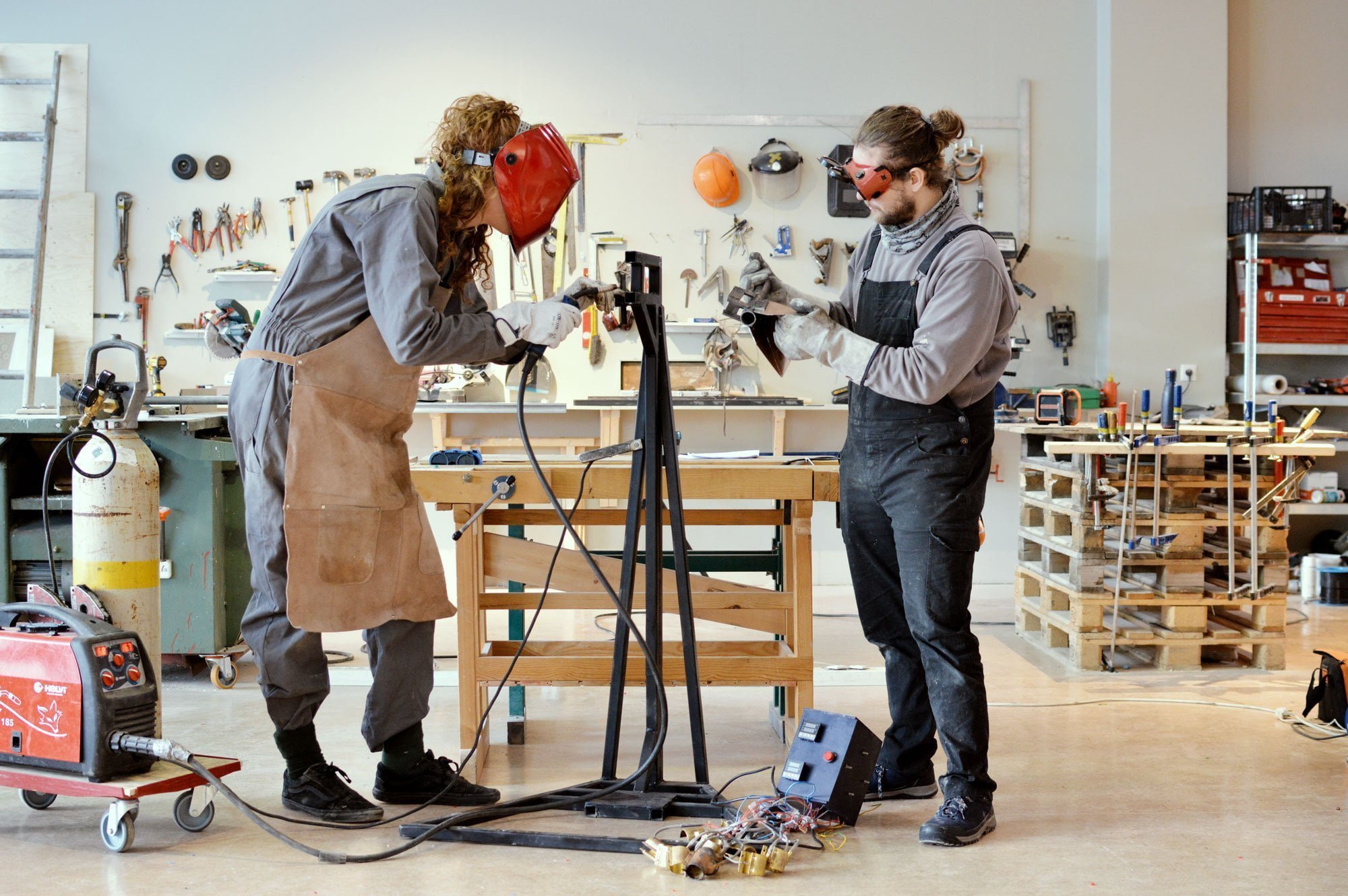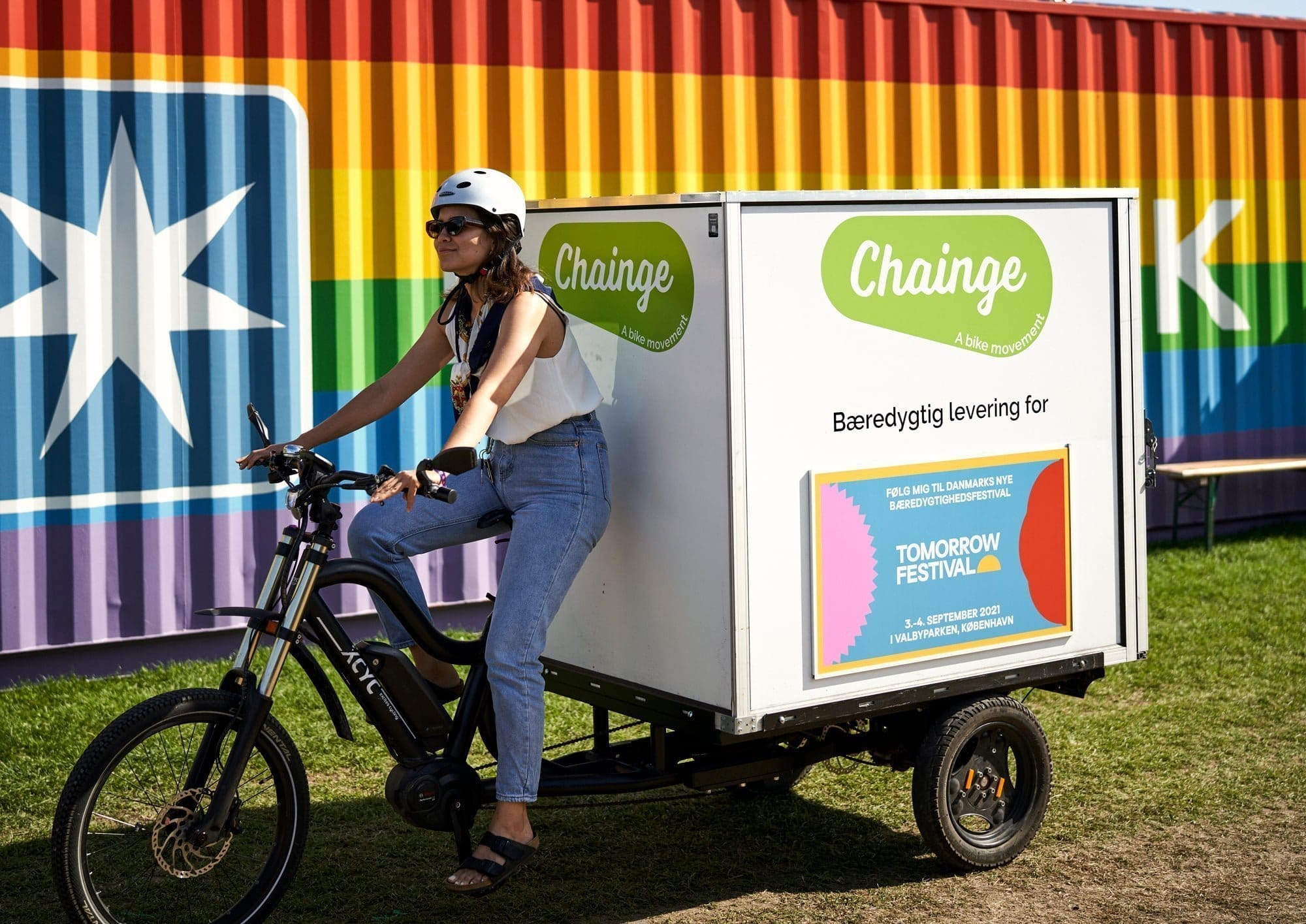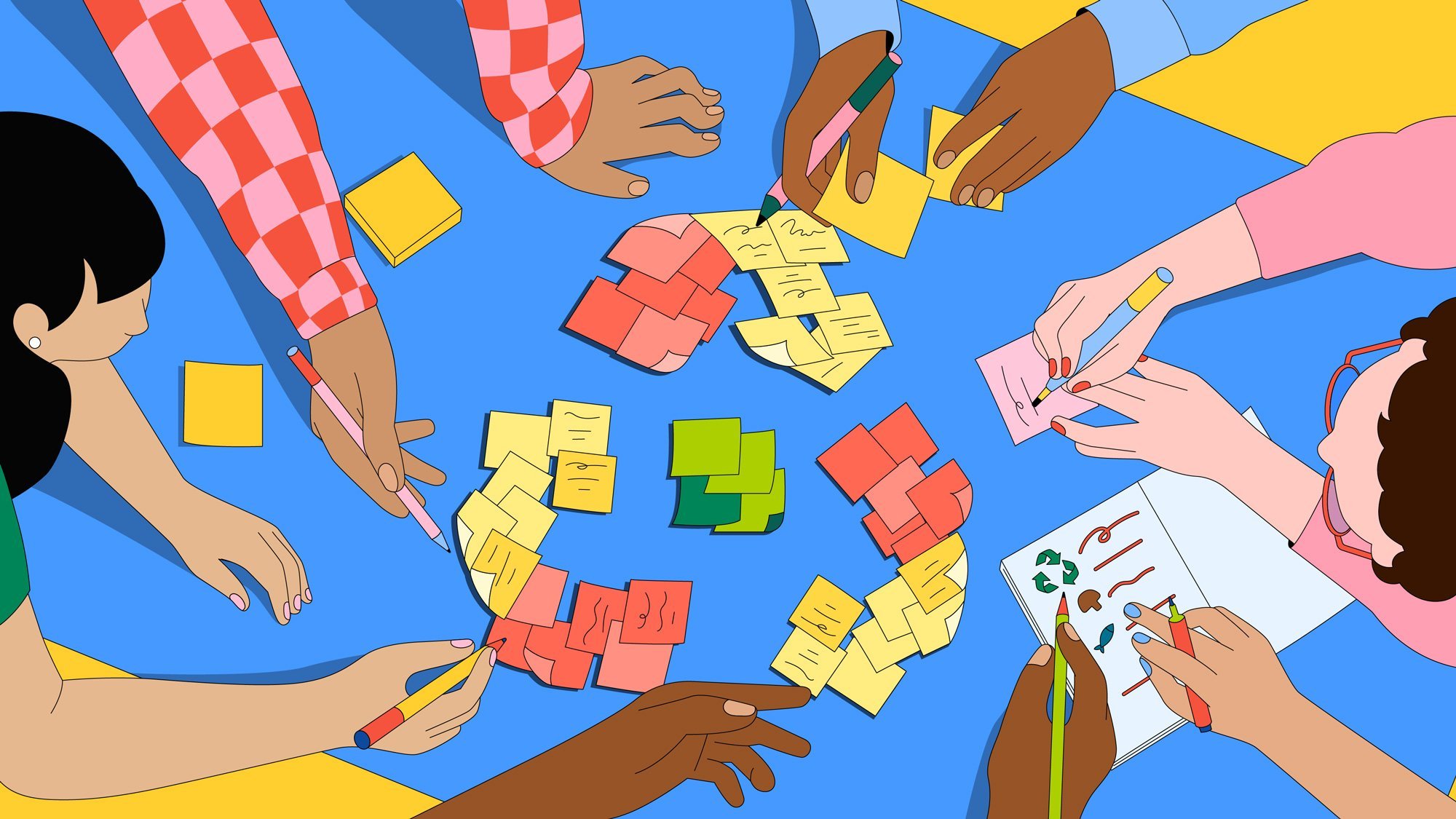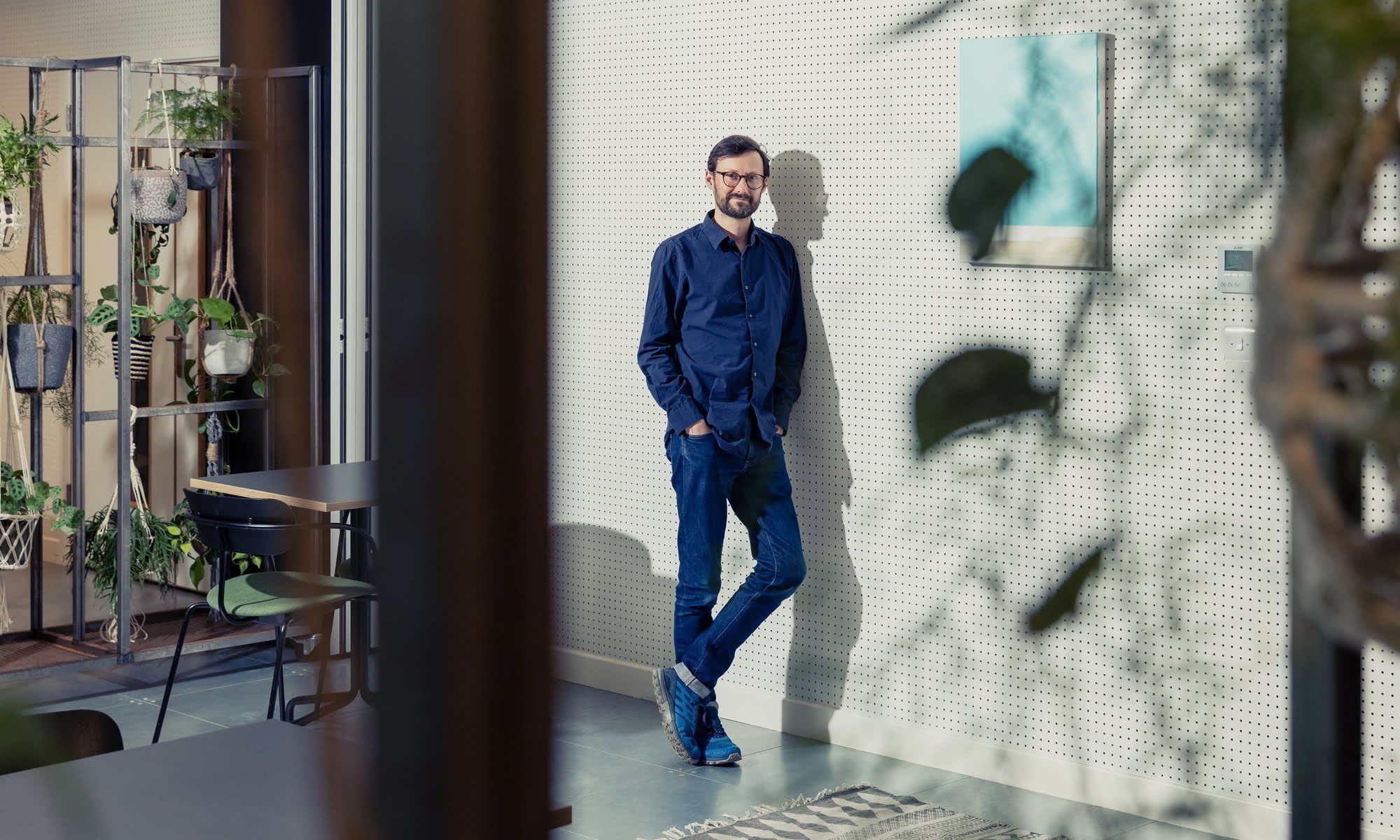Kunjpreet Arora co-founded Angirus, an India-based circular economy start-up that makes bricks from plastic and other waste. She hopes to reinvent the building industry by creating an eco-friendly alternative to traditional clay bricks.
What inspired you to rethink bricks?
The traditional clay brick industry in India consumes vast amounts of coal, wood and water each year and is responsible for almost 9% of the country’s total carbon emissions. Additionally, plastic and other waste materials are commonly found littering roadsides, contaminating lakes and rivers or being incinerated in landfills, further exacerbating air pollution.
I co-founded Angirus with Lokesh Puri Goswami to address these issues by replacing traditional clay bricks with a sustainable technology that recycles single-use plastic and construction waste such as concrete into building materials.
How did you come up with the idea?
We both come from Udaipur, a city in north-western India often referred to as the ‘lake city’ because of its scenic beauty. Growing up in such a picturesque place, we witnessed first-hand the destruction caused to the natural environment by waste material, particularly single-use plastic.

Being civil engineers, Lokesh and I recognised the need to repurpose this waste material for building projects. We started exploring the idea of manufacturing bricks and blocks using single-use plastic waste. We quickly realised that this material had no recycling value and was usually left uncollected by scrap dealers, eventually ending up in landfills or other places near water bodies.
Wricks (waste + bricks) are lightweight, damp-proof bricks made entirely from waste. Lab tests have shown that they are 40% stronger and 20% lighter than traditional bricks in India. As such, they can reduce the brickwork costs of a building project by up to 20%. By eliminating the use of clay, coal, wood and water from the production process, Wricks conserve natural resources, reduce greenhouse gas emissions and provide a permanent solution to waste disposal.
Tell us about the production process – you developed your own.
We designed a simple extrusion and compression system that is easy to operate and requires minimal machine-human interaction. While other manufacturing methods take 5-14 days and are seasonally dependent because brick drying and firing generally occur outside, Wricks take 40 minutes per batch and can be produced throughout the year.
Who uses your products?
Our customers are mostly ‘green’ builders, architects and contractors who are open to using Wricks in their construction projects. We have just completed the delivery of 2,000 units to an architect for a residential project. Now we are working on 10,000 units for a factory. I really felt proud receiving our first pay cheque. It was a milestone and brought a sense of accomplishment and validation.
“We could reduce emissions by up to 1,248 tons. The potential for positive change in the industry becomes apparent when we consider these numbers”
How big of an impact do you think you can have?
If we successfully reach our goal of selling 3.2 million units each year, we will be able to recycle a minimum of 7,800 tons of waste. Each clay brick is responsible for releasing approximately 400 grams of CO2. By using Wricks instead, we could potentially reduce emissions by up to 1,248 tons. These figures are based on the impact of a single manufacturing plant. Imagine the environmental impact if we were to have 100 plants in India or even 1,000 plants worldwide. The potential for positive change in the industry becomes apparent when we consider these numbers.
You set up your business in 2019. What’s the biggest lesson you’ve learned so far?
As an entrepreneur, I’ve learned that the ability to persevere in the face of failure is crucial. Being able to adapt to changing circumstances and pivot as needed is also important.
For me, stepping out of my comfort zone has been a key lesson. In the construction industry, which is male-dominated, I’ve had to work with male consumers, partners, vendors and workers. Engaging with government employees, I felt that my presence was not valued during meetings and discussions. The employees would not make eye contact with me and would solely interact with my teammate. In order to assert my role and make space for myself in the room, I made the decision to attend these meetings alone. This has helped me develop confidence, boldness and strength.







